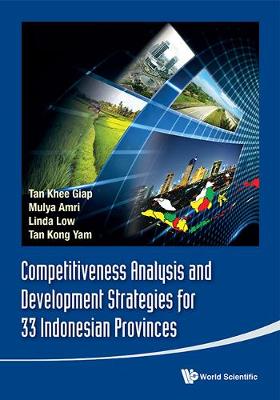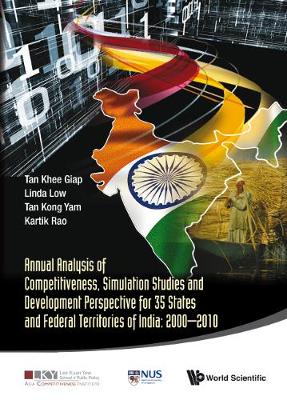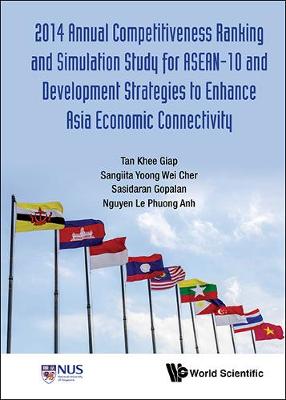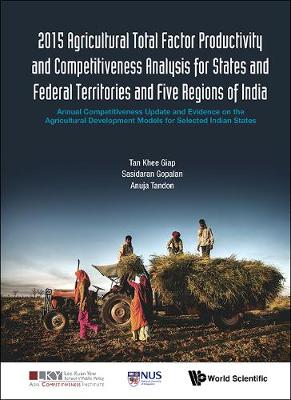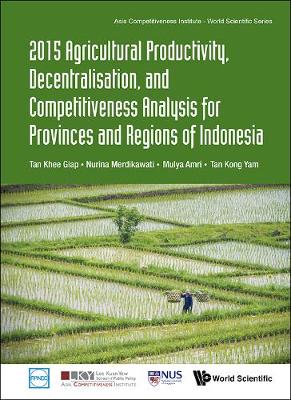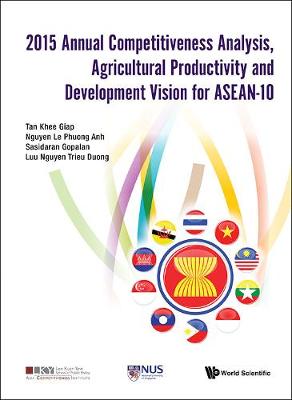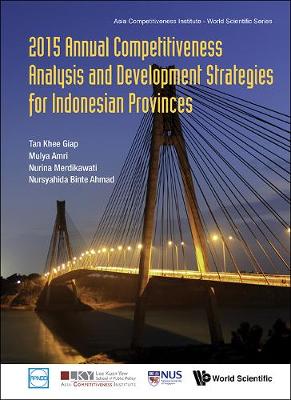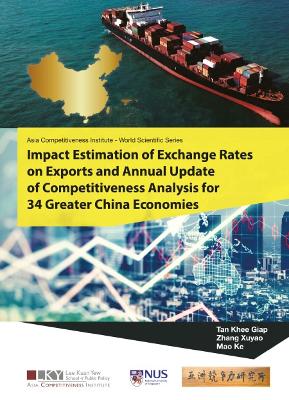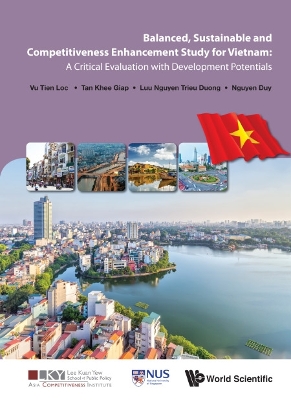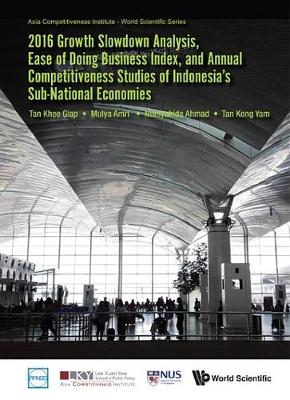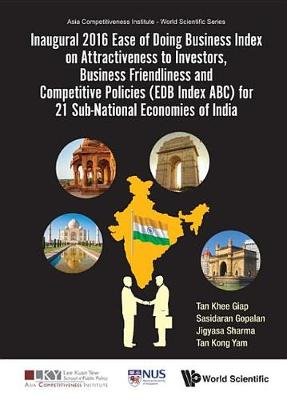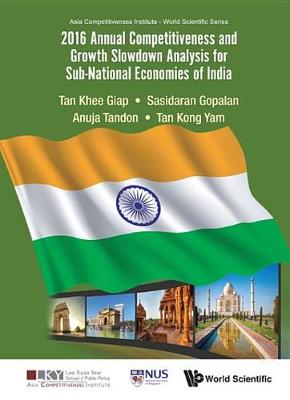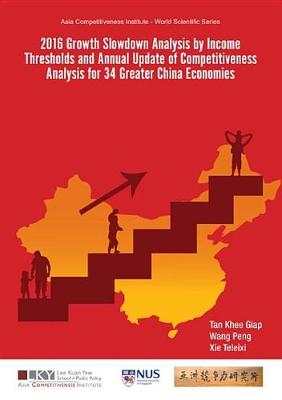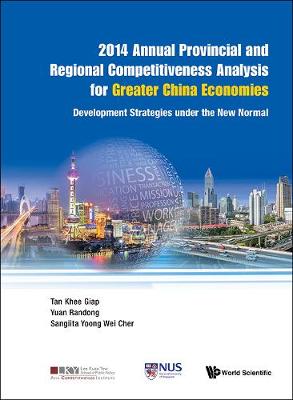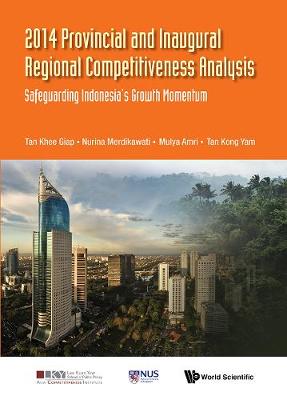Asia Competitiveness Institute - World Scientific
28 primary works
Book 0
Competitiveness Analysis And Development Strategies For 33 Indonesian Provinces
by Khee Giap Tan, Mulya Amri, Kong Yam Tan, and Linda Low
Book 0
Book 0
Book 0
Book 0
2015 Agricultural Total Factor Productivity And Competitiveness Analysis For States And Federal Territories And Five Regions Of India: Annual Competitiveness Update And Evidence On The Agricultural Development Models For Selected Indian States
by Khee Giap Tan, Sasidaran Gopalan, and Anuja Tandon
Book 0
Book 0
Book 0
2015 Annual Competitiveness Analysis And Development Strategies For Indonesian Provinces
by Khee Giap Tan, Mulya Amri, Nursyahida Binte Ahmad, and Nurina Merdikawati
Book 0
Book 0
Book 0
2016 Annual Competitiveness Analysis and Development Strategies for Indonesian Provinces
by Khee Giap Tan and Mulya Amri Ahmad
Book 0
Book 0
Book 0
2016 Annual Competitiveness and Growth Slowdown Analysis for Sub-National Economies of India
by Khee Giap Tan and Sasidaran Gopalan Tan
Book 0
Book 0
Book 0
Book 0
Book 0
2014 Provincial And Inaugural Regional Competitiveness Analysis: Safeguarding Indonesia's Growth Momentum
by Khee Giap Tan, Nurina Merdikawati, Mulya Amri, and Kong Yam Tan
Book 0
